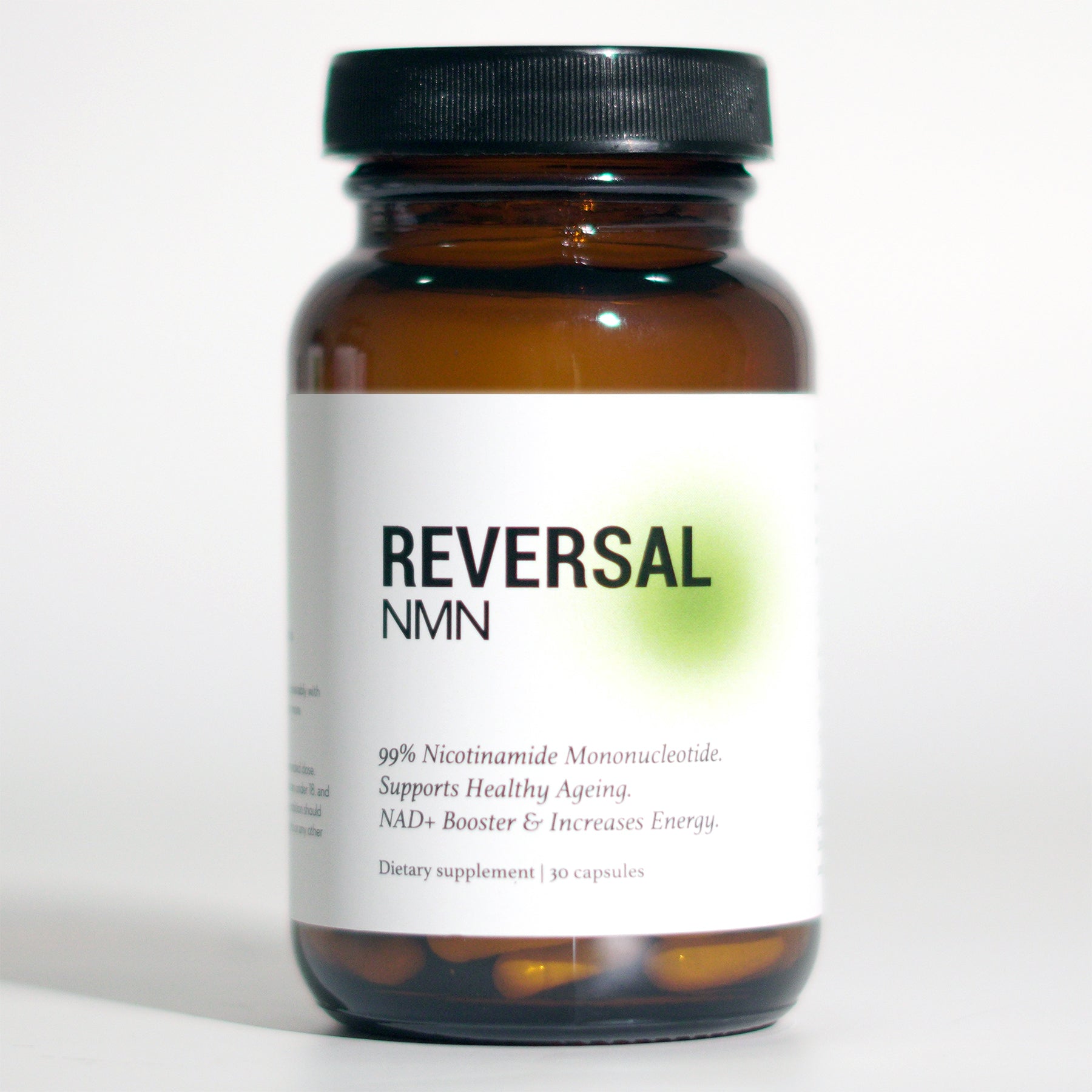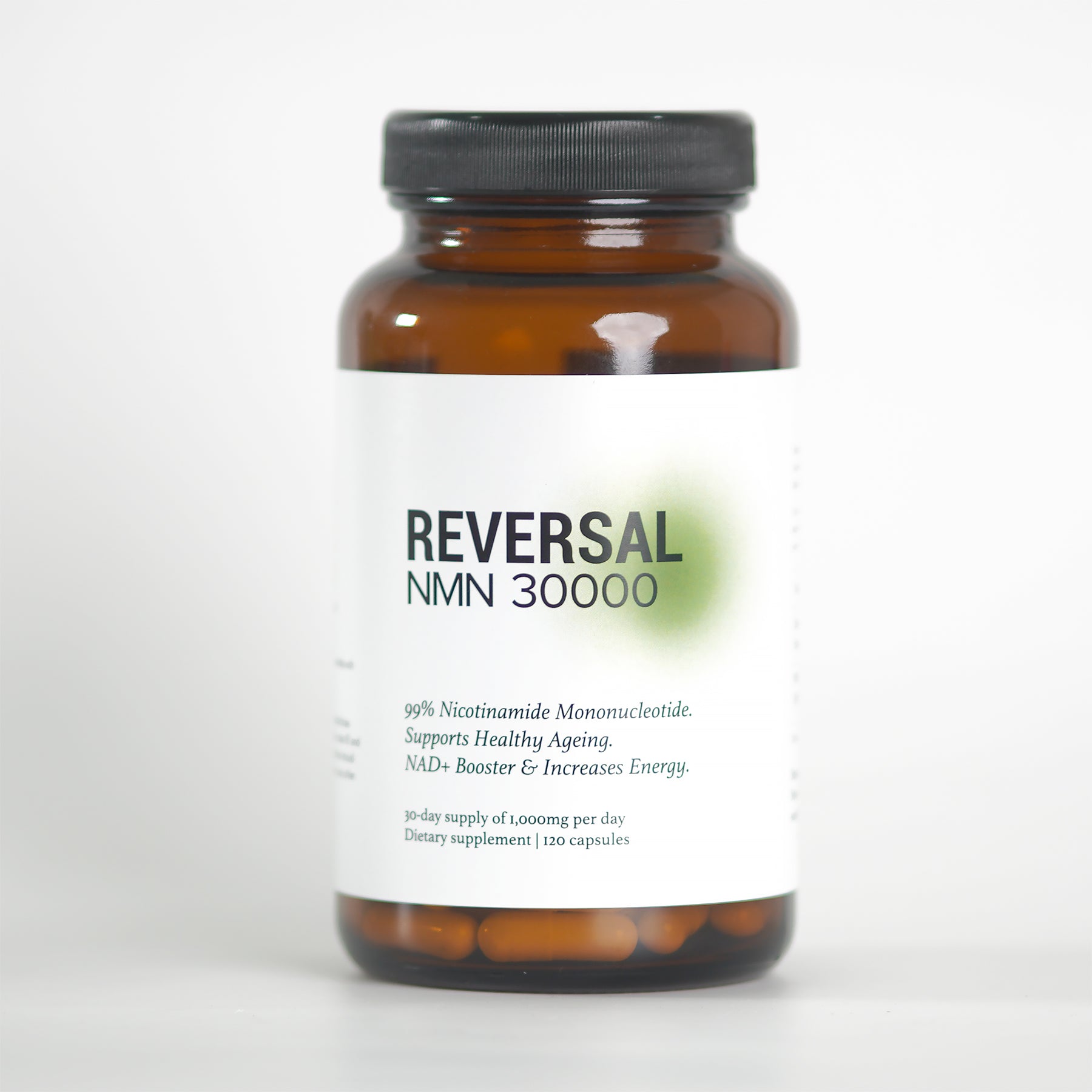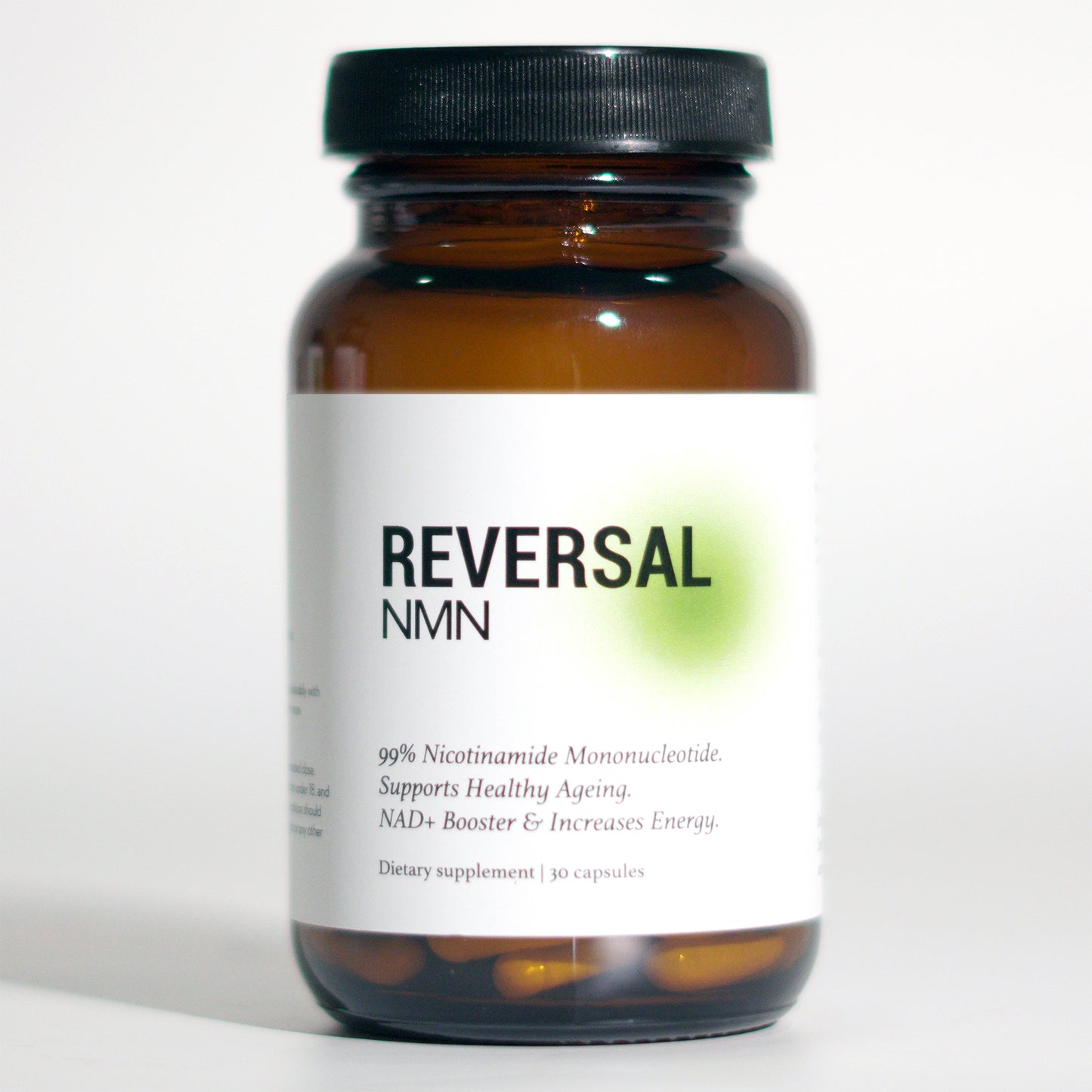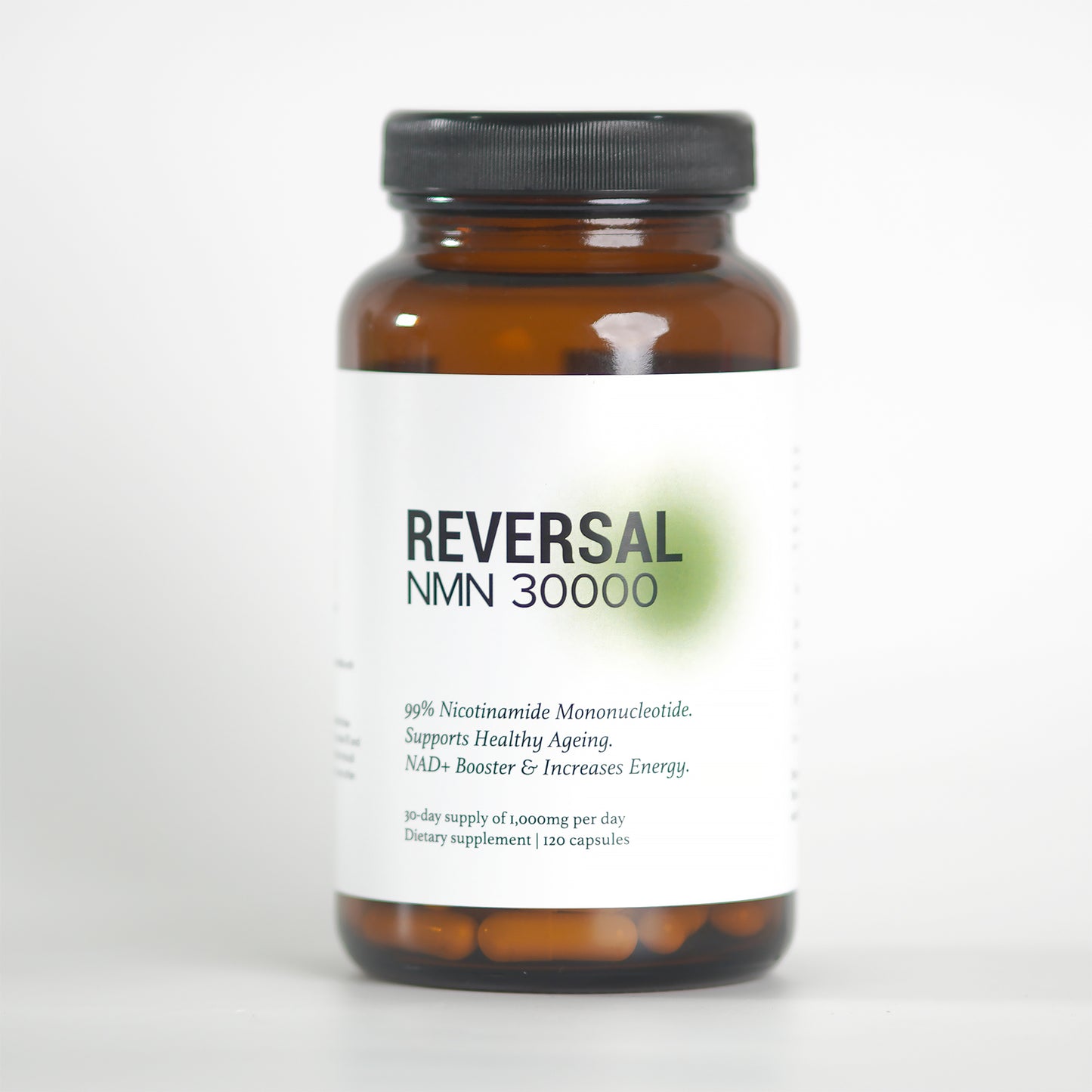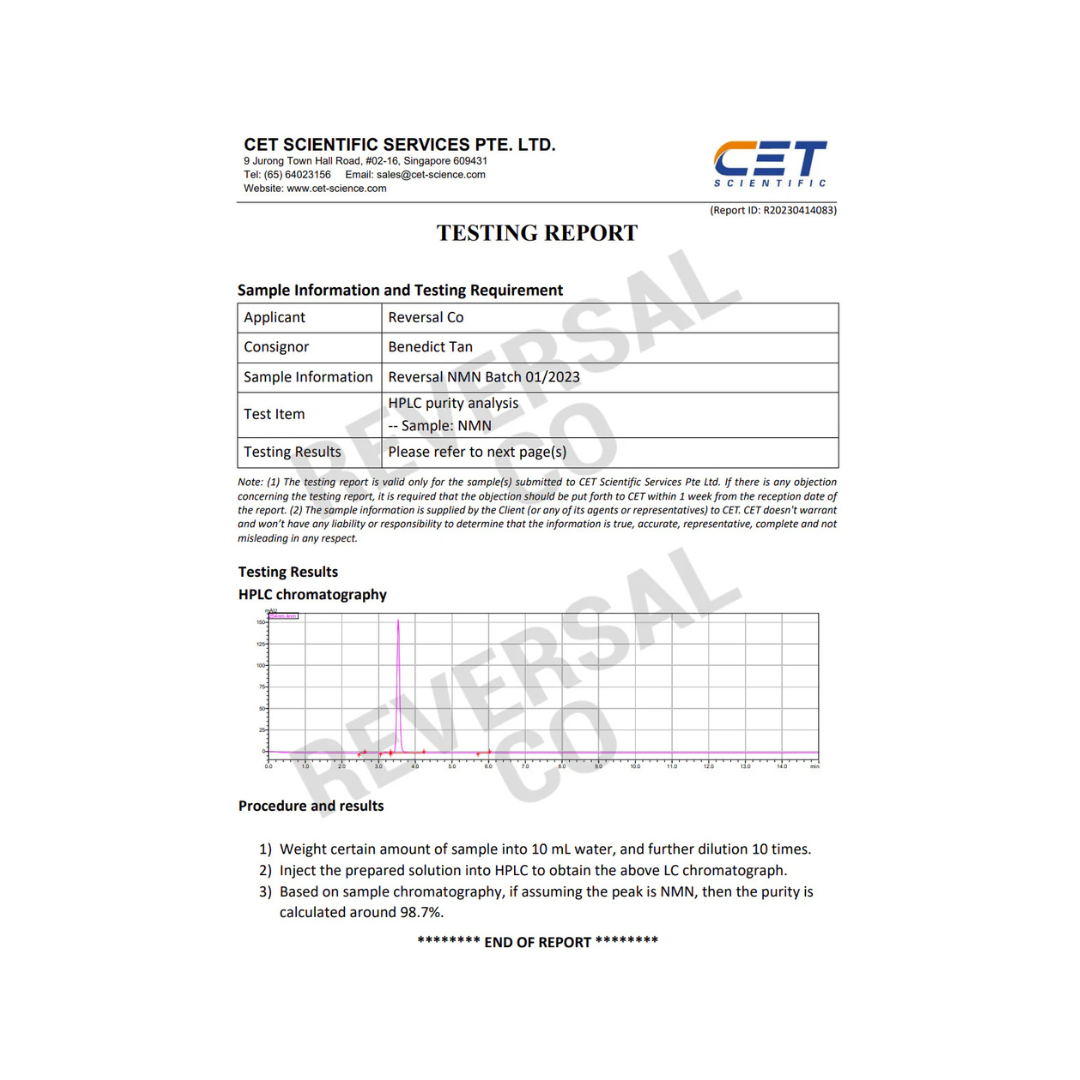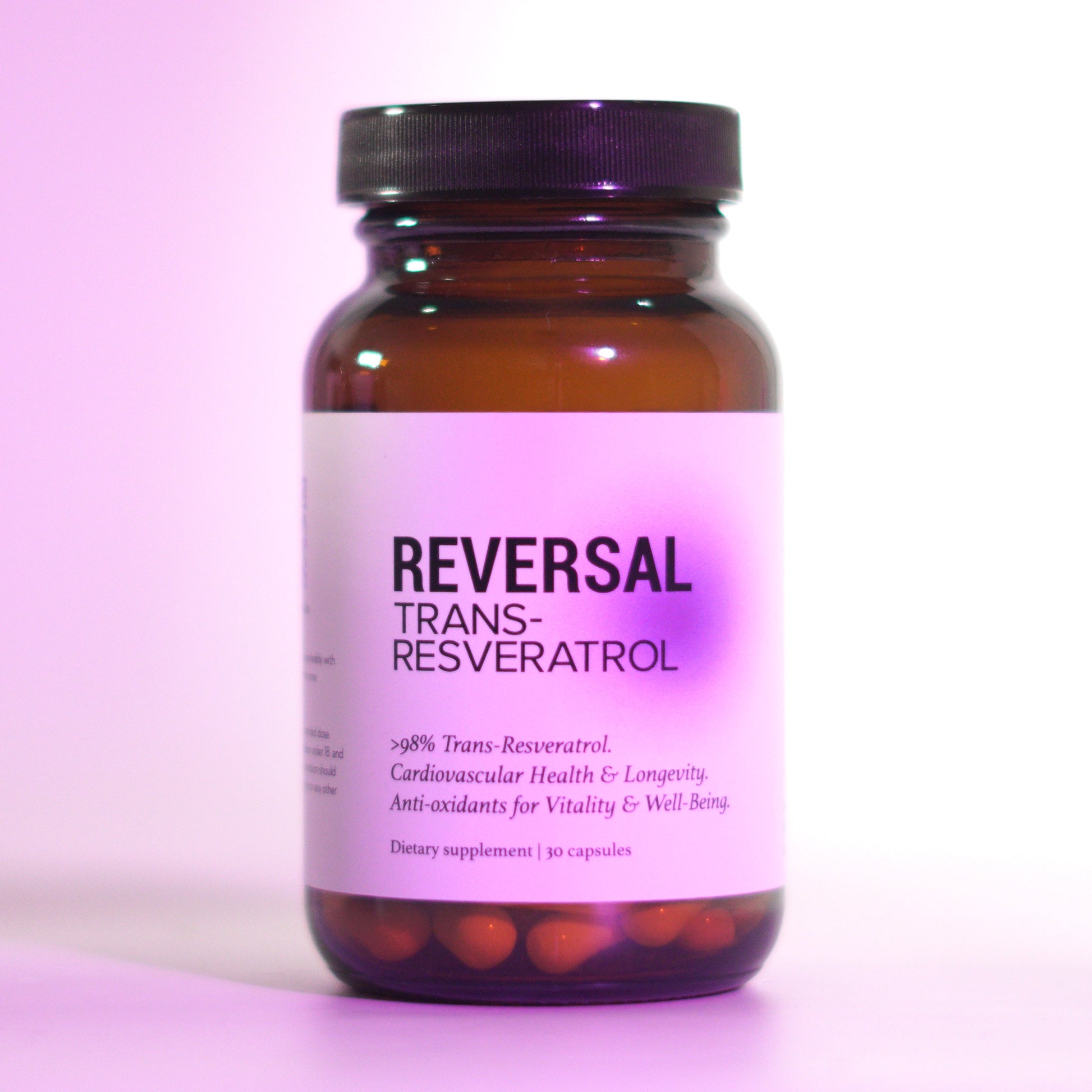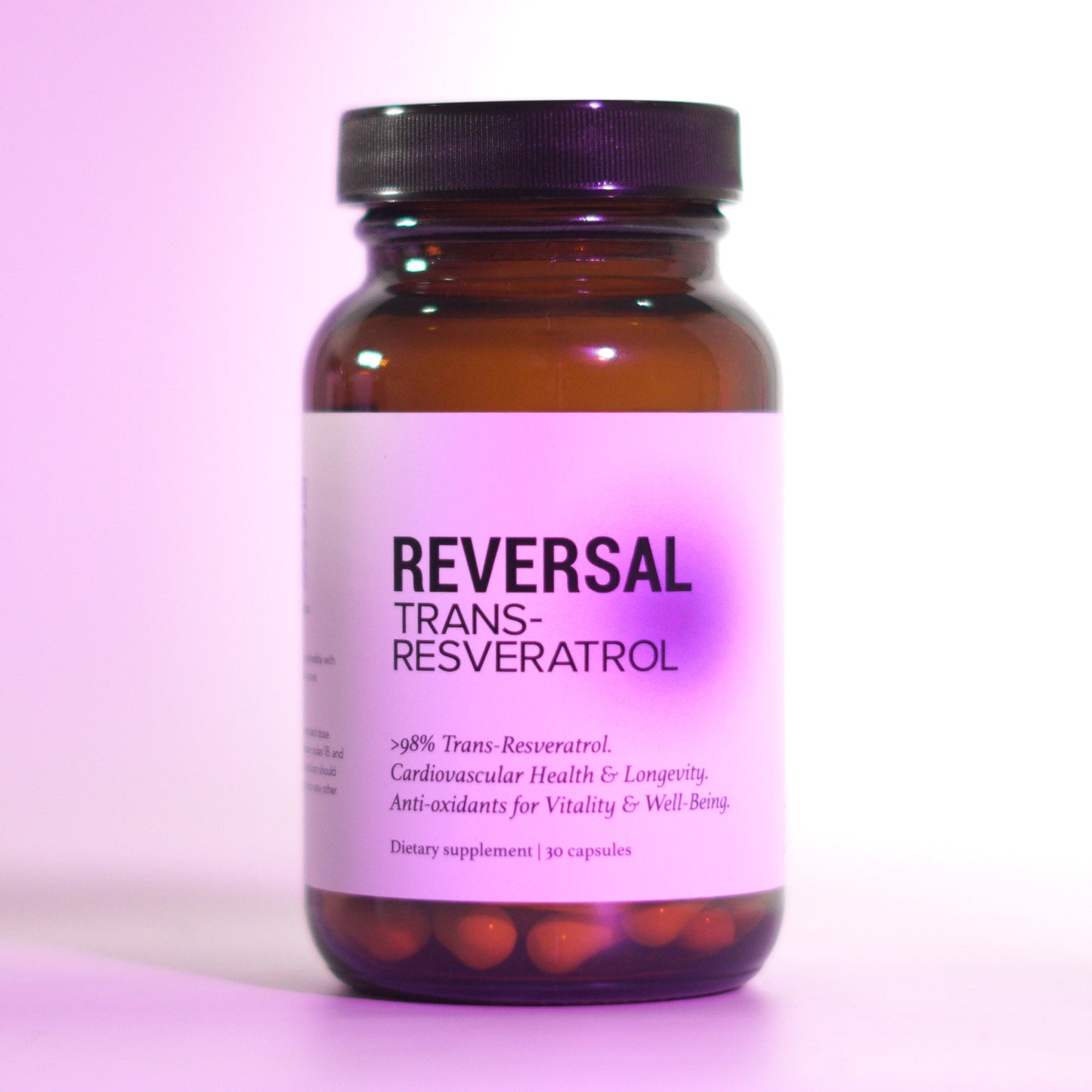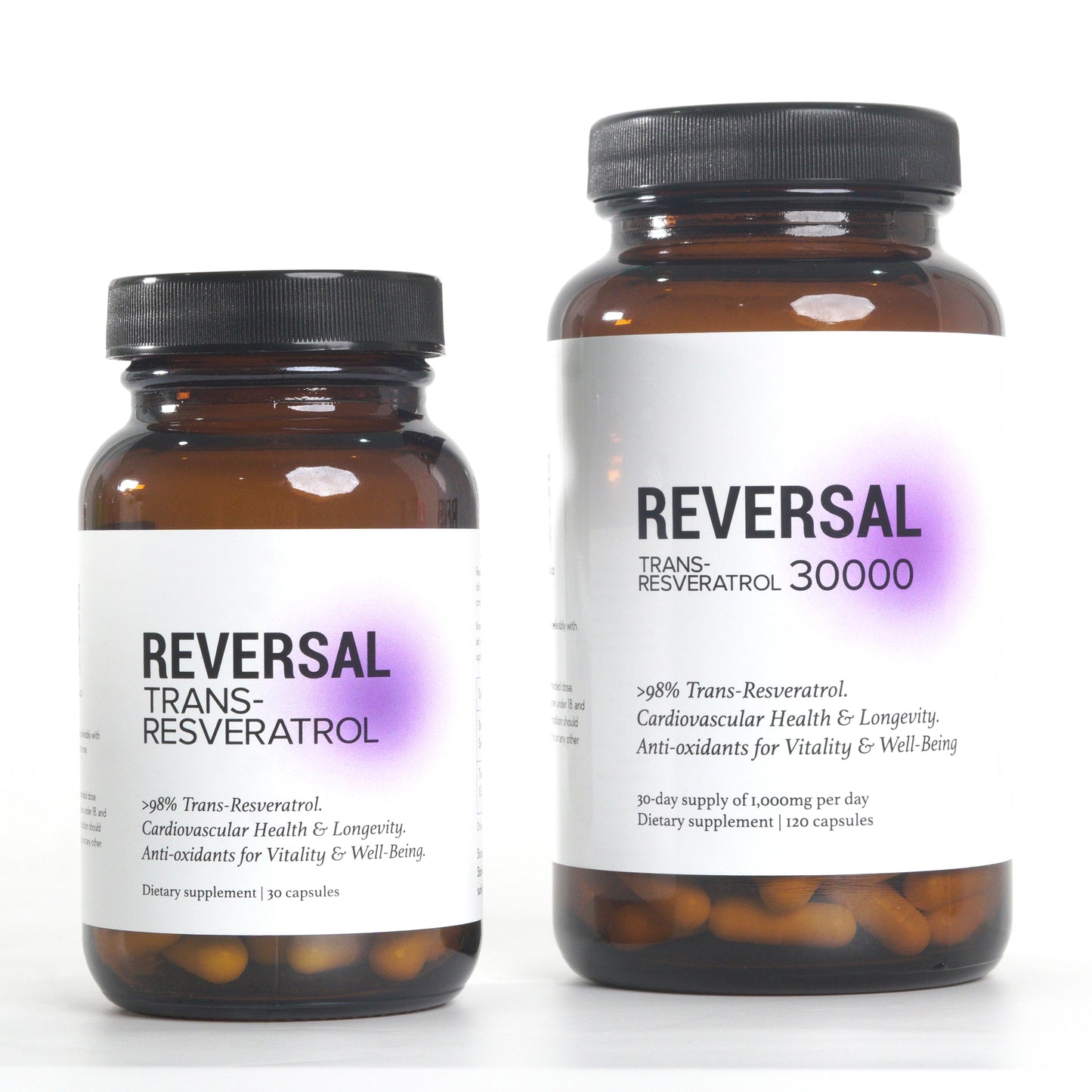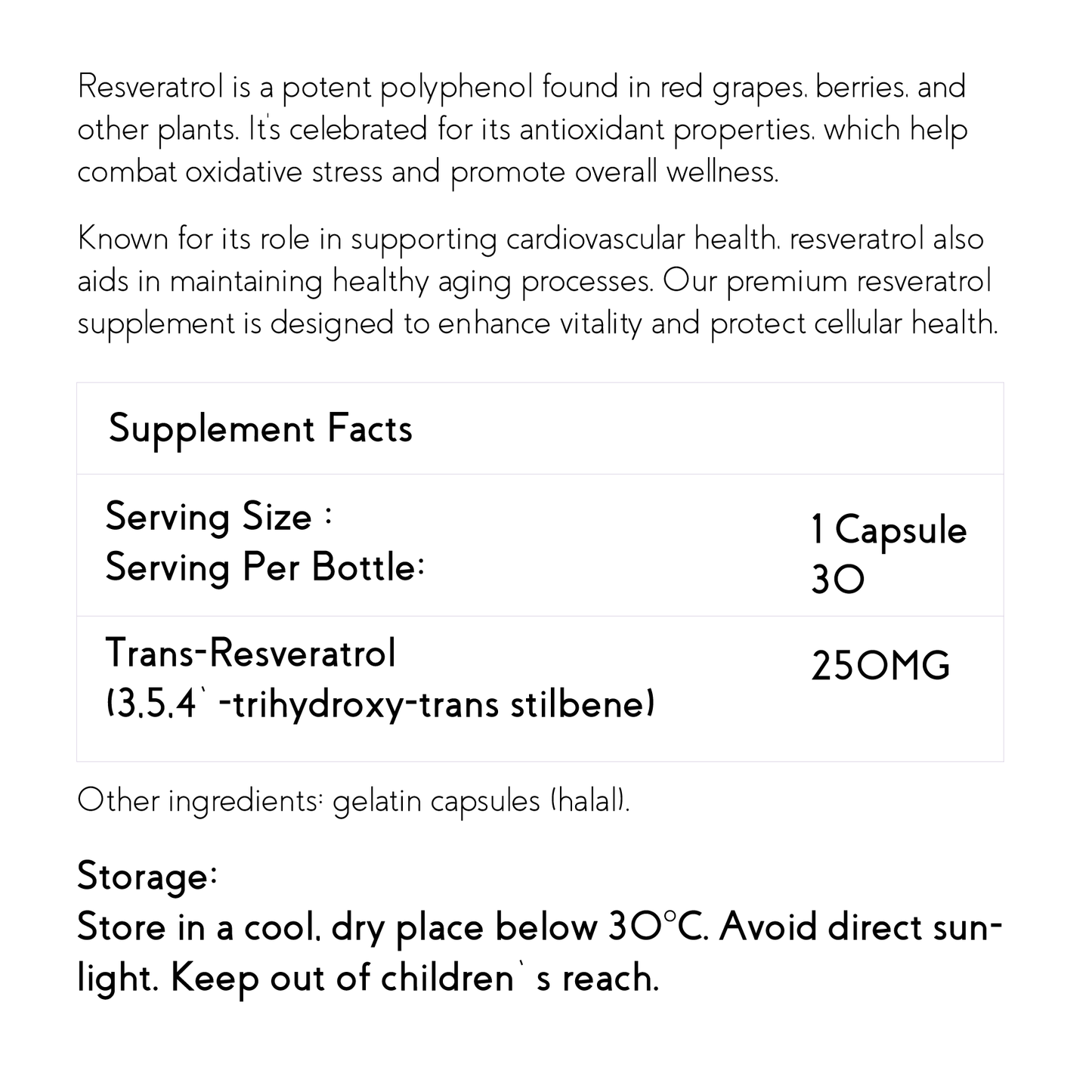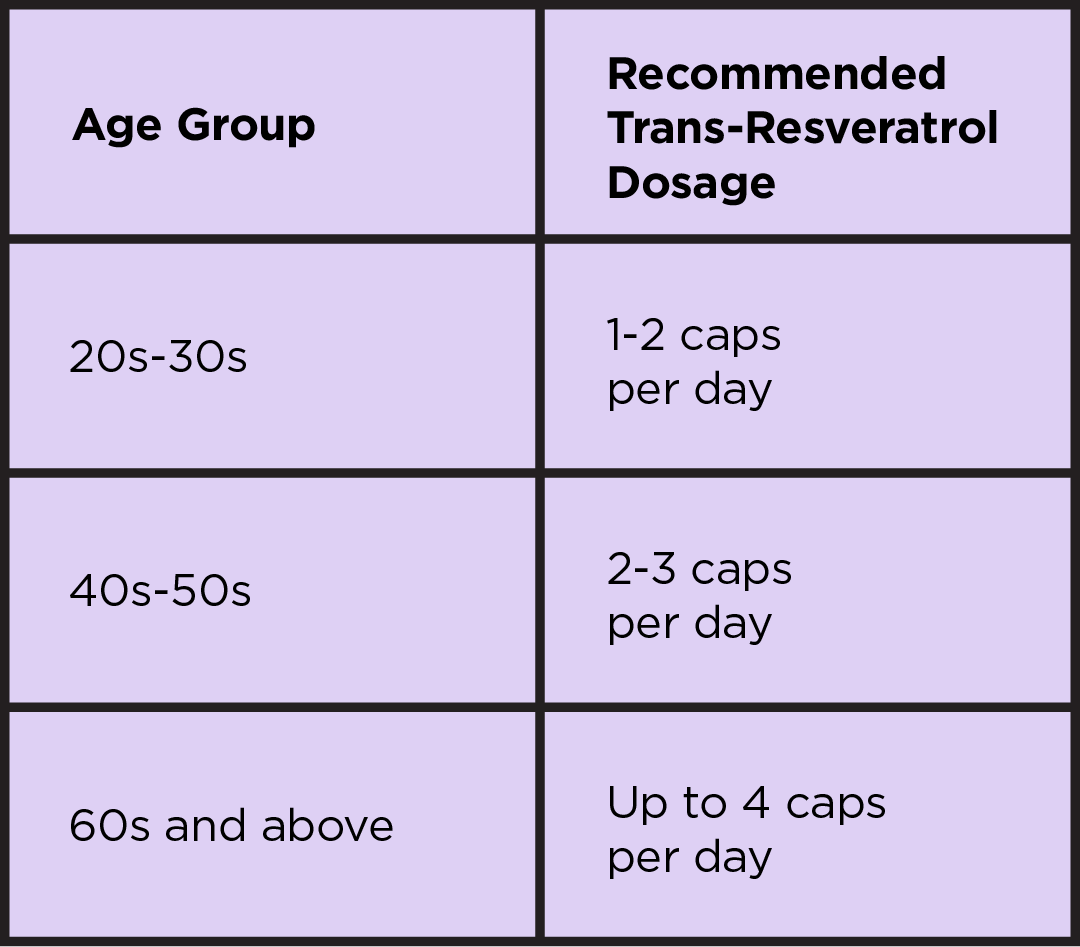Introduction to Legume Nodule Control
Legumes, such as soybeans, peas, and beans, have a special ability to form nodules on their roots. These nodules house bacteria called rhizobia, which help the plant fix nitrogen from the air and convert it into a usable form. The number of nodules a legume plant forms is important for its growth and development. In this article, we will explore the mechanisms that control nodule number in legumes and the role of the NMN module in this process.
The NMN Module and Nodule Control
The NMN (GmNINa-miR172c-NNC1) module is a key regulator of nodule number in legumes. It integrates both the nodulation and autoregulation of nodulation (AON) pathways. GmNINa activates miR172c, a small RNA molecule, which downregulates NNC1, an AP2 transcriptional repressor. Thus, GmNINa and miR172c act as ""activators"" of nodule formation by inhibiting NNC1. However, NNC1 can also inhibit miR172c expression, forming a negative feedback loop.
Fine-tuning Nodule Control
GmNINa and NNC1 interact with each other and regulate the expression of GmRIC1/RIC2, which are involved in AON regulation. Activation of AON leads to the inhibition of GmNINa and miR172c expression, reducing their inhibitory effects on NNC1. This fine-tuning mechanism ensures precise control of nodule number in legumes.
Plant Biology and Plant Genetics
Plant biology is the study of plants and their interactions with various organisms in their environment. Plant genetics is a branch of plant biology that focuses on understanding the genetic basis of plant traits and developing new cultivars with desired traits through plant breeding. Advances in plant genetics have contributed to the development of genetically modified plants, which have genes from other organisms inserted into their genome to confer specific traits.
Overview of Nodule Formation
Nodule formation is an intricate process involving molecular communication between rhizobia and the host plant. The nodulation signaling pathway is responsible for initiating nodule formation. Nodule formation and nitrogen fixation are energy-intensive processes that depend on the plant's supply of photoassimilates. Autoregulation of nodulation (AON) is a feedback loop that controls nodule number in response to the host plant's energy demands.
Role of NIN in Nodule Formation
NIN (Nodule Inception) is a crucial gene for symbiotic nodulation in legumes. It regulates various processes of rhizobial infection and nodule organogenesis. NIN activates the expression of infection-specific genes and is involved in pectate degradation, actin rearrangement, and rhizobial entry. It also targets genes involved in cortical cell division and root nodule organogenesis. NIN plays a positive role in the onset of AON and nodule number control.
NMN Module in Controlling Nodule Number
GmNINa is a functional ortholog of NIN in soybeans. It promotes the transcription of NIN target genes during rhizobial infection and activates miR172c. miR172c, in turn, represses the expression of NNC1, a nodulation suppressor. The NMN module, consisting of GmNINa, miR172c, and NNC1, integrates nodulation and AON signaling to determine the optimal nodule number.
AON: Regulation of Nodule Number
AON is a long-distance negative feedback loop that prevents excessive nodulation in legumes. It is initiated by nodulation-specific CLE peptides produced in the roots, which are then perceived by receptors in the shoot. This leads to the induction of systemic nodulation inhibitors (SDIs), which are transported back to the roots to inhibit further nodulation. The NMN module plays a central role in the activation and attenuation of AON signaling.
Nitrogen Regulation of Nodule Number
Nitrogen availability plays a crucial role in the rhizobia-legume symbiosis. Nodule number is affected by nitrogen levels, with higher levels resulting in reduced nodulation. AON positively regulates the inhibition of nodulation induced by high nitrate levels. Proteins like NLP1 and NRSYM1 regulate both nodulation and AON in response to changes in nitrogen levels. The NMN module is involved in mediating nitrate-induced nodulation inhibition.
The NMN Module as a Master Integrator
The NMN module acts as a master integrator of nodulation and autoregulatory signaling pathways in legumes. It allows plants to monitor incoming signals and regulate nodulation and autoregulation accordingly. The module integrates different developmental and environmental pathways to ensure precise control of nodule number. Further research is needed to understand the interactions of the NMN module with other transcription factors and its spatial and temporal integration.
Conclusion
The NMN module is a central regulator of nodule number in legumes. Understanding its role and regulation can help improve the efficiency of symbiotic nitrogen fixation in leguminous crops. Further research is needed to unravel the genetic basis and evolution of nodule number regulation and optimize nodule response to changing environmental conditions.
Title of paper: The NMN Module Conducts Nodule Number Orchestra
Author(s): Wang Z, Wang L, Wang Y, Li X.
Year published: 2020
Published in: iScience
Original article can be found here.


